- Blog
- Waterproofing Strategies for Basement Extensions in London
- Diagnosing and Treating Penetrating Damp in Historic Buildings
- Common Signs and Symptoms of Penetrating Damp in Buildings
- Diagnosing and Treating Penetrating Damp in Historic Buildings
- Rising damp specialists in Battersea and Wandsworth
- Rising damp specialists in Chelsea and Fulham
- Rising Damp Treatment
- How to Remove Damp Smells from your House
- Waterproofing Strategies for Basement Extensions in London
- Common Signs and Symptoms of Penetrating Damp in Buildings
- Common Signs and Symptoms of Rising Damp in Walls
- Careers
- FAQs
- Gallery
- Locations
- Contact Us
- Common Signs and Symptoms of Rising Damp in Walls
Call us on 020 7458 4864
Arrange your free damp survey

Call us on 020 7458 4864
Arrange your free damp survey

 What is waterproof render?
What is waterproof render?When to Use Waterproof Render Building materials manufacturers are always coming up with new ways of combining chemicals and minerals to provide us with superior products to use in construction. Sometimes, the main aim is an easier application, but improved performance and lower maintenance are also top reasons for this. Render is one product that …
- read more… What is cementitious tanking?
What is cementitious tanking?Will Cement Tanking a Cellar Keep Moisture Out? A basement or cellar space can be very susceptible to damp. This is because moisture can get in through the walls from the ground, and since the basement is below ground level, there is often much more moisture around the external walls from the soil, especially in …
- read more… Sump pump and a water pump
Sump pump and a water pumpWhy Water Leaks are a Huge Problem with Basement Conversions Water in the basement can cause musty smells, mould, damage to the walls and floors, and damage to your belongings and furniture. It is necessary to get rid of the water, fix any underlying basement problems, and take steps to keep your basement dry if …
- read more… What is a cavity membrane
What is a cavity membraneWhat is a Cavity Membrane? If your home has had problems with damp in the cellar or basement, then you will already likely know how annoying it is to have a space in your home that you’re unable to use. Even worse, having damp in the home can also cause health issues for people living …
- read more…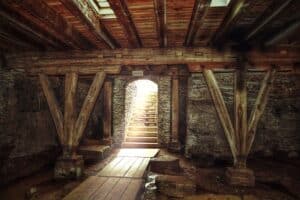 Damp Proofing Coal Vaults in London
Damp Proofing Coal Vaults in LondonThe Benefits of Converting a Basement in London Getting a basement converted is becoming a more and more popular trend in the UK, especially in London where space is at a premium. With the rising price of property in the UK, more and more homeowners are considering converting their basements into a useable and liveable …
- read more… Damp Proofing
Damp ProofingAt times, your home may show some signs of dampness. This is a serious problem that you should get worried about and repair with Damp Proofing London. Dampness in your building will encourage the growth of moulds a condition that is not good for the inhabitants of the house. To humans, mould infestation affects immune and …
- read more…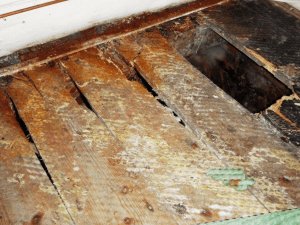 Rot Problems?
Rot Problems?A Lot of Rot? Dry rot, wet rot, penetrating damp, rising damp, condensation: all water-damage problems faced by home owners and all problems that need to be fixed sooner rather than later. But each is a different issue with a variety of effects and treatment methods. One quick call to London Damp Specialists is all it takes to diagnose …
- read more…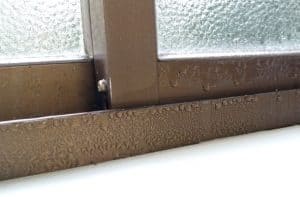 Condensation Control
Condensation ControlCondensation Control in Homes and Buildings As we emerge from winter hibernation, it’s a good time to take a look at our homes and properties and assess any effects the wintry weather may have had. Even if it hasn’t been a harsh winter temperature-wise, there are still many factors that may have taken their toll …
- read more…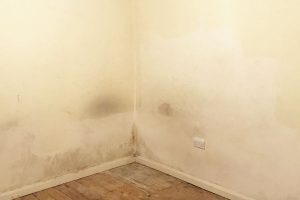 Damp House Problems
Damp House ProblemsHow to identify a damp problem in the house Living in a damp house can be very dangerous and can cause you a lot serious health issues. As such, a little leak is something that should not be ignored. Although you might not be able to notice the immediate water damage, bacteria and mould growth …
- read more…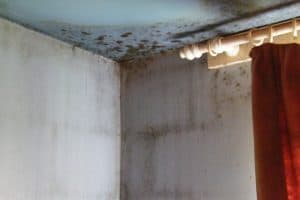 Water Damage Specialist
Water Damage SpecialistWater, Water, Everywhere… Water damage to a property can be distressing and expensive. Whether the damage is a result of a leaking pipe, either from your house or from an adjoining property, or a leaky appliance, or there’s been a slow ingress of external water; the damage can be extensive. The first thing to do …
- read more…
